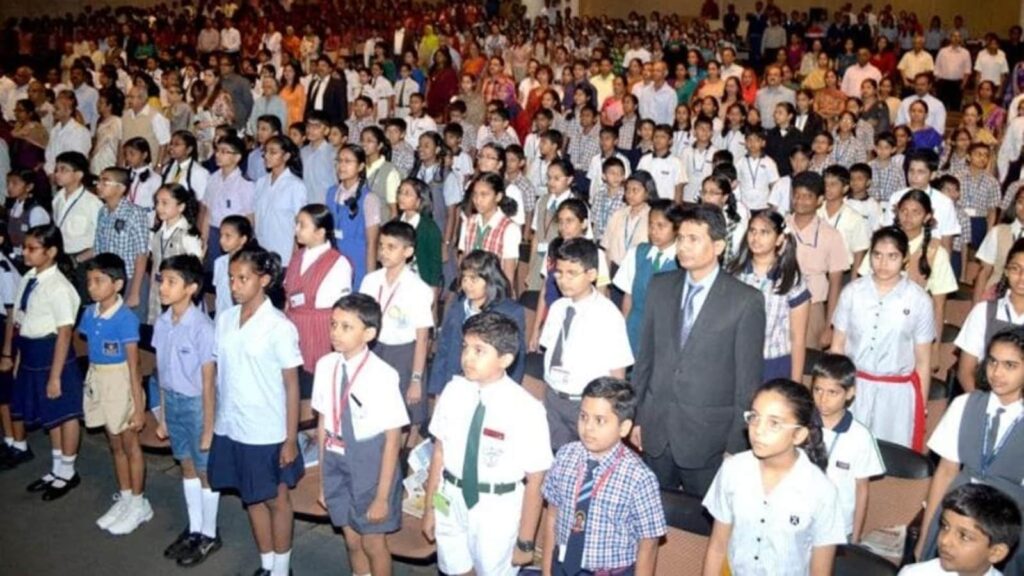The Maharashtra government’s decision to conditionally relieve private unaided schools of the Right to Education (RTE) obligation of reserving 25% of the seats in the early years (nursery to Class 1) for students from economically weak households goes against the spirit of the landmark law. Through a gazette notification, the state’s education department has exempted private unaided schools within a kilometre of a government or government-aided school from the reservation provision.
The RTE Act was introduced in 2009 for two reasons: One, to maximise the demographic dividend from a largely young population and two, to address the failure of public education to deliver the desired learning outcomes. It envisaged a way to use the private sector to remedy deficiencies in the government schooling ecosystem. The 25% reservation provision was intended to serve the larger goal of free and compulsory education for all children aged six-14 years. This is being undermined, as Maharashtra’s move and a similar attempt by the Karnataka government in 2018 — which has been challenged in the courts — seem to suggest.
Maharashtra’s decision seems to be driven by fiscal considerations, which though not small — the state owes ₹1,463 crore to private schools as fee reimbursement for RTE admissions in the last 12 years — must be weighed against the demand for subsidised schooling. Government data shows that demand from households that qualify as economically weak under RTE far outstrips supply — against 364,413 applications under the quota in 2023, just 94,700 received admission. Given this dire situation, the wisdom of the conditional exemption of private unaided schools seems unfathomable for a state where one in three in the six-seven-year-olds cannot read letters of the alphabet, according to the Annual Status of Education Report (ASER) 2022.
Critics of the RTE’s 25% quota argue that the private sector must not be shackled with the responsibility to address the failure of public education. It is important to recall here the 2022 Supreme Court judgment that upheld the quota. “Unaided private institutions, including those imparting professional education, cannot be seen as standing out of the national mainstream,” the Court said. Maharashtra alone, though, can’t be put in the dock. In 2021, a decade after the RTE Act was rolled out, the National Commission for Protection of Child Rights reported that just 16 states and Union Territories were implementing the quota for disadvantaged children. Such delays could erode the demographic potential, given that robust foundational literacy and numeracy are key to learning outcomes in later years. Poor learning in earlier grades partly explains India’s high dropout rates and low transition rates at the secondary level — 12.61% and 78.41% in 2021-22.
ASER findings over the years have made it clear that states must harness private sector capacity in school education if the demographic dividend is to be realised substantially — a higher proportion of children in Class III and Class VIII in Maharashtra’s private schools could read Class II level texts in 2021. Given that the Covid-period learning losses are yet to be recouped, states can’t afford to deliberately shrink opportunities for better learning.
Continue reading with HT Premium Subscription
Daily E Paper I Premium Articles I Brunch E Magazine I Daily Infographics


